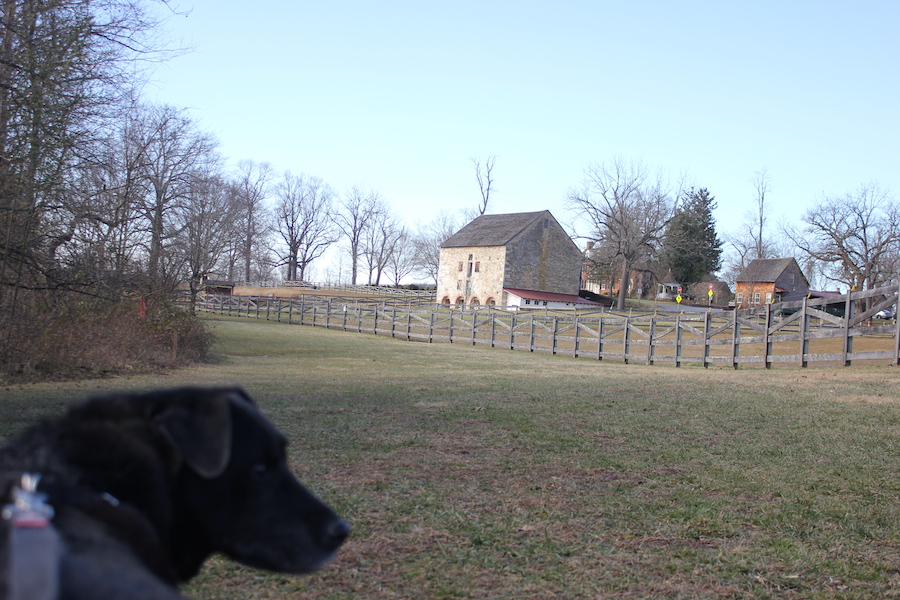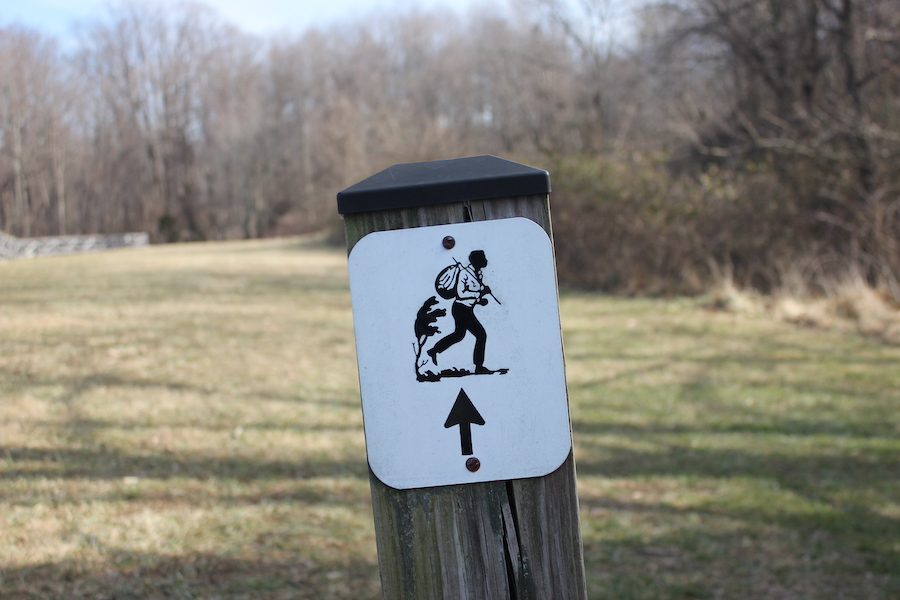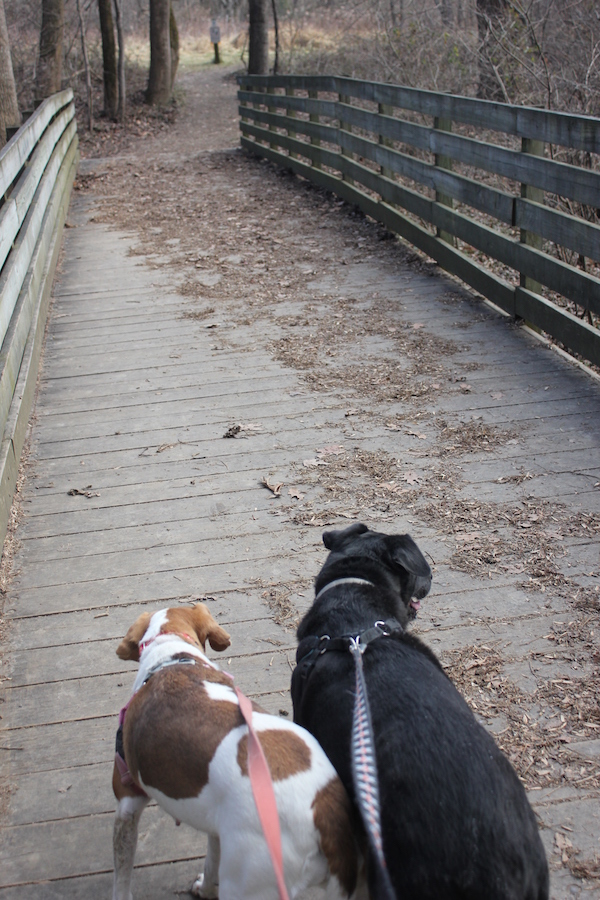Maryland played a large role in the history of the Underground Railroad, the secret network of people and places used to help runaway slaves escape to freedom prior to the abolition of slavery in 1865. Nestled in the small town of Sandy Spring, MD, the “Underground Railroad Experience Trail” recreates the type of environment that freedom-seeking slaves would have experienced as they sought safety on their way through Montgomery County to northern states and Canada. On this hike, you get a glimpse of the importance that the Quakers, who first settled the town, and the freed slave population here played in the Underground Railroad at that time.
As part of the Woodlawn Manor Cultural Park, the Underground Railroad Experience Trail was created in 1998 to provide pedestrian trails, to preserve rural landscape and to commemorate Montgomery County’s history.
The park encompasses Woodlawn Manor House and a stone barn, both built in the early 1800s. The barn houses a museum that delves into Quaker living in the 19th century, the free and enslaved laborers that resided in the community, agricultural history and the Underground Railroad. (The museum is closed at the time of writing due to COVID-19 restrictions.)

The Quakers founded Sandy Spring in the 1720s. And even though the abolition of slavery would occur much later, the Quakers freed their slaves by 1820 (the first Christian faith to do so), creating a significant free black population in the area. Freed slaves in Sandy Spring owned and worked on farms and established churches, schools and social organizations. This harbored not only a sympathetic population to aid runaways, but also provided a safe space where fugitives could easily blend in among those that were free. But this also made the area ripe for patrols to canvas fields and woods to enforce the Fugitive Slave Act of 1850, which required the return of captured slaves to their owners.
It is thought that the enslaved African American Dred Scott, who unsuccessfully sued for his freedom, was housed in Sandy Spring while the U.S. Supreme Court determined his fate in 1857. The controversial 7-2 decision against Scott deepened tensions between the North and South which inevitably led to the outbreak of the Civil War.
The Underground Railroad Experience Trail – Our Hike Begins
The Underground Railroad Experience Trail is a four mile (round trip) natural surface trail that will take you over uneven terrain, through woods, fields and streams, giving you the sense of what it might have been like for freedom-seeking slaves to pass through Sandy Spring on their way north.
The hike starts at Woodlawn Manor and signs at the parking area easily direct you to the trail head. You can pick up a trail map at the visitor’s center, which will highlight points of interest along the trail that are staked by trail markers.


The trail takes you directly into the woods, which would have provided better cover for travelers. The journey would have been be difficult though, as it was often done during the darkness of night. These journeys often took place in the winter, when the nights were longer, and also at Christmas, when slaves often had an opportunity to visit relatives at this time and were not expected to work. Runaways also took advantage of rainstorms so that their tracks would be washed away and it would be difficult for dogs to track their scents. Often these escapes were cold, muddy, dangerous and uncomfortable.
The trail gives you a sense of how the natural features of the forest — such as brambles and hollowed trees — would be used by freedom-seekers as a source of shelter or used by members of the Underground Railroad to hide supplies, such as food, water and clothing.


Of course nature provided obstacles as well, like streams, creeks and rivers. Creeks might be crossed by fallen trees or stepping stones, but larger streams or rivers would require bridges, horses or boats. On this hike, you will cross a replica of a bridge from that period.



After emerging from the far side of the woods, you will encounter an open field similar to the farming fields of the community during the 1800s. Open fields provided a dangerous chance for travelers to be seen. If the fields were tall with corn or tobacco, it would provide good cover to pass through the middle, but otherwise freedom-seeking slaves would need to keep to the wooded edges of the field.


As you close in on the turnaround point of the trail, you will come upon “Sandy Spring,” the sandy soil-filtered spring from which the town takes its name. The date over the spring, 1745, refers to the date that the Sandy Spring Friends Meeting was first formed. (The nearby meeting house can still be seen.)
The trail ends at the Champion White Ash Tree, a 300 year old giant. From there, you will need to turn around and retrace your steps back to the parking area.
About This Hike:
Distance: 2 miles one way, 4 miles round trip. To download a printable trail map, click here.
Difficulty: Easy, but uneven terrain.
Trailhead: Woodlawn Manor Cultural Park, 16501 Norwood Rd., Sandy Spring, MD 20860. For Woodlawn Cultural Park website, click here.
Admission: None.
Facilities: Picnic tables and public restrooms available.
Notable: Experience the terrain of Montgomery County as it would have been in the 1800s for passage through the Underground Railroad.

0 Comments